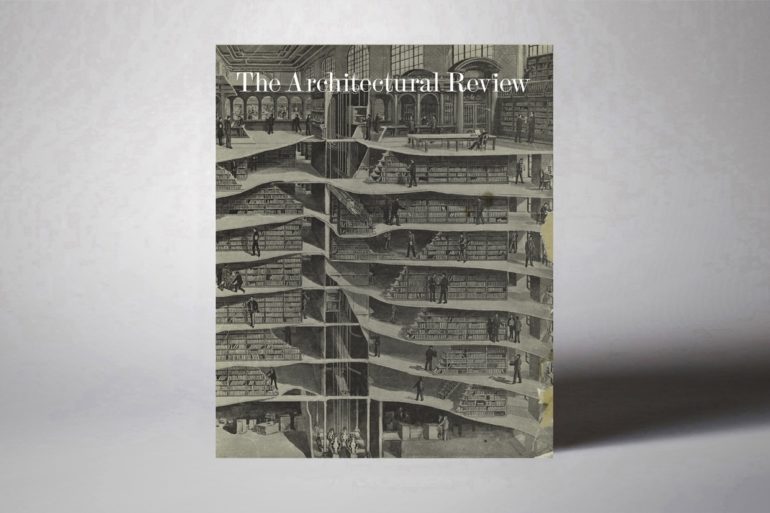Il rapporto tra libro e architettura è un rapporto strettissimo, che va ben al di là della semplice formula libro + architettura = libro di architettura.
Ci sono anche le architetture che ospitano i libri — cioè le biblioteche e gli archivi — nonché i libri stessi, vere e proprie “architetture del testo”.
A tutti e tre gli aspetti è dedicato il nuovo numero di Architectural Review, la prestigiosa rivista britannica che è anche tra le più longeve oggi in circolazione, essendo stata fondata addirittura nel 1896.
Le pagine del Book Issue sono infatti un viaggio multidimensionale nel concetto stesso di libro: il libro come architettura, appunto, ma anche le architetture dentro e attorno ai libri. E inoltre: il rapporto tra strutture, testi e simboli; biblioteche antiche e moderne; edifici che assomigliano a libri, e viceversa.
C’è anche un volumetto interno, intitolato The book of books, che è una sorta di wunderkammer a tema “libro”, piena di ottime trovate grafiche ispirate al design dei volumi.
Architectural Review n. 1457 si può acquistare online.



